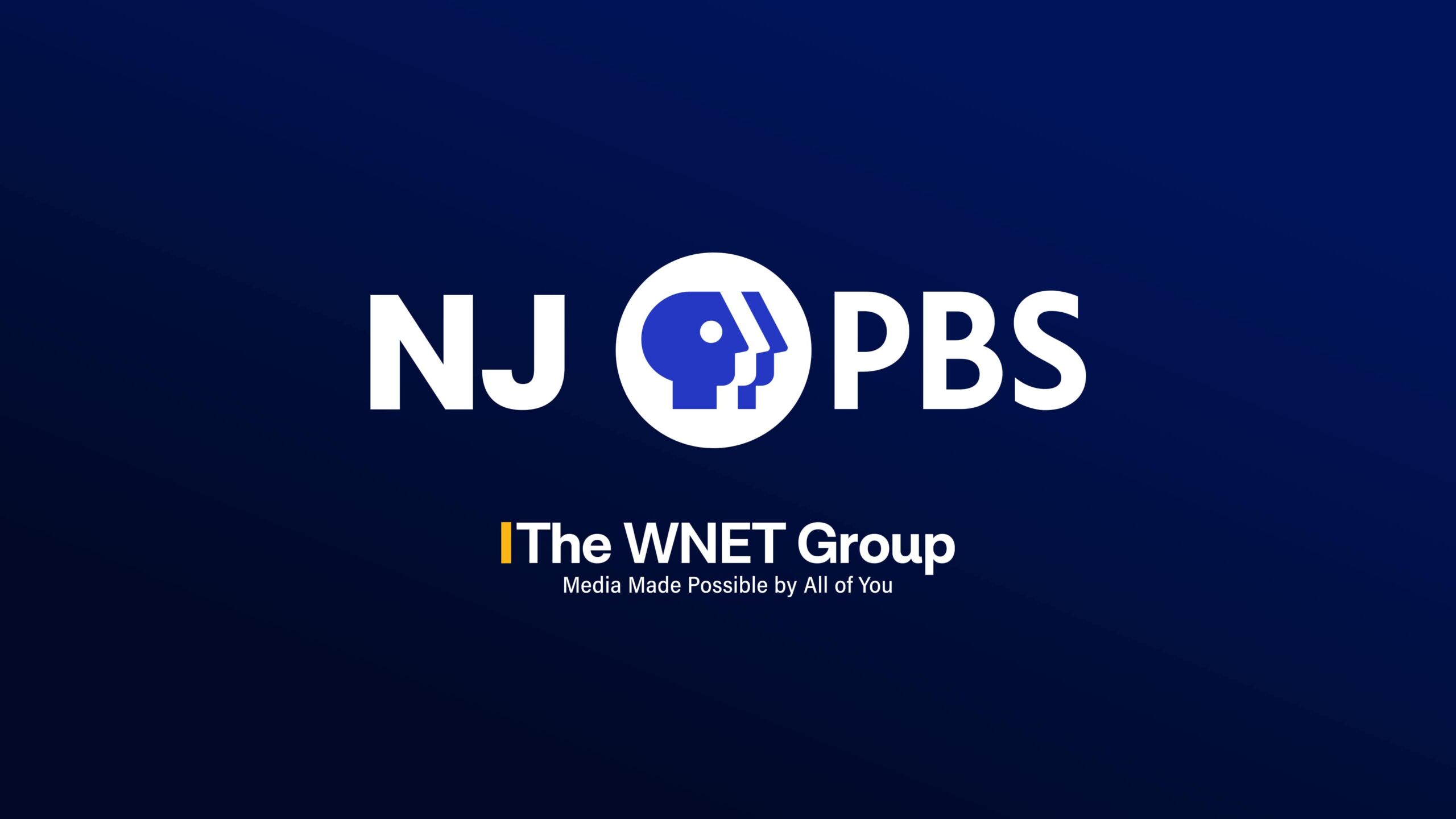West Virginia governor proposes restoring funds for WVPB
West Virginia Governor Jim Justice has revised his budget proposal to include funding for West Virginia Public Broadcasting.
In a Thursday letter to West Virginia Senate President Mitch Carmichael and House Speaker Tim Armstead, Justice revised his proposal to restore $4.6 million in support of WVPB, which he had previously proposed cutting in full. Justice also recommended restoring a direct appropriation to WVPB’s nationally syndicated music show Mountain Stage. WVPB posted the letter on its website Friday with a news story about the change.
The governor made the revisions in light of revised revenue estimates. The letter said WVPB’s funding was restored “to permit the agency to enter into a transition phase with a land-grant institution of higher education.” [Update: A press release Friday said Justice “is working on a deal with West Virginia University to allow Public Broadcasting to become a fully integrated part of WVU in the near future.”] State funding now accounts for 45 percent of the broadcaster’s budget.
WVPB GM Scott Finn told the House Finance Committee March 8 that “if the state wants out of the public broadcasting business,” it should ensure that WVPB has funding to make a transition to ownership by a university or nonprofit. He added that it’s “not my place” to say whether that would be a better outcome.
Finn also said that zeroing out WVPB’s funding would force it off the air and that the broadcaster was moving to cut 20 positions, five of which are currently vacant.
But at a meeting earlier this week of the Educational Broadcasting Authority, the governing body of WVPB, the agency made no decisions regarding layoffs, the Charleston Gazette-Mail reported Wednesday.
West Virginia’s House and Senate have yet to release their budget proposals. Earlier this week, the legislature presented a broad budget framework that did not get into the specifics of WVPB’s funding.








This is great news!
I support the Governor on his proposal to pay for WVPB Authority, a state agency, another year while it transitions looks to a partnership with some other organization, maybe a conglomerate of the universities throughout the state. If President Trump cuts funding to the left leaning NPR & PBS what impact will that have on WVPB? Why doesn’t WVPB have coverage over the entire state? Maybe a partnership with WVU could make that happen? I know if WVU games were carried on WVPB or through WVPB it will be in the black instead of the red. Good Luck!
Commercial ventures such as sports cannot be carried on non-commercial stations regardless of the budget situation. Most universities have deals with commercials stations to broadcast their games. When I read or hear people say that NPR/PBS are left leaning then they must want public media to be less critical of the current administration. Overwhelmingly public media is rooted in fact and critical analysis, and not all of the talking head non-sense that you get in commercial media. Left leaning is a very broad assumption. WVPB isn’t beholden to NPR, each member station is independent.
I would suggest the media take a long hard look at how they treated the previous five administrations. The media in general are clearly far left leaning. I was just being polite in only calling them out as simply left leaning. It seems to me that WVPB transition is specifically to be geared to becoming a commercial station when the state of WV cut ties with the organization in the budget cycle following this current one referenced in the article.
Noncommercial stations actually can air sports, and some do. Search this site for some of the stories we’ve done about it. I had the thankless job of “hosting” football and basketball games on my alma mater’s noncommercial station — it mostly consisted of covering up the ads in the commercial radio feed we used with station announcements, underwriting, etc.
It’s trickier than that, Mike – as you note, most sports (yes, including college sports) are loaded with commercials. And not just during the breaks; there’s tons of live-reads by the sportscasters, too. At the Div.1 level, there are national spots to consider, too. Well, technically there can be such issues at the D2 and D3 levels but it’s usually not as big of a problem because the real money in sports media is still at the D1 level.
And the rights management is a big deal. ESPN and other outlets pay big bucks to get the rights to air these games. They do not make exceptions lightly, if at all.
Now the NCAA *does* have exceptions for radio stations at the college in question to host their own, unique, sportscast for their own college’s team. Even at the D1 level. But they are pretty picky about this; it’s meant to allow the *students* to produce a sportscast because it’s a learning environment. They get very, very unhappy when a professional-sounding sportscast with real underwriting behind it becomes available, too.
And don’t even ask about the webcast rights. That’s a whole ‘nother kettle of fish.
The curriculum emphasizes computing and mathematical modeling because these two areas give our students a competitive benefit within the job market https://math-problem-solver.com/ .
At the tip of every term, candidates for Mathematics (M) are required to sit for a written examination.